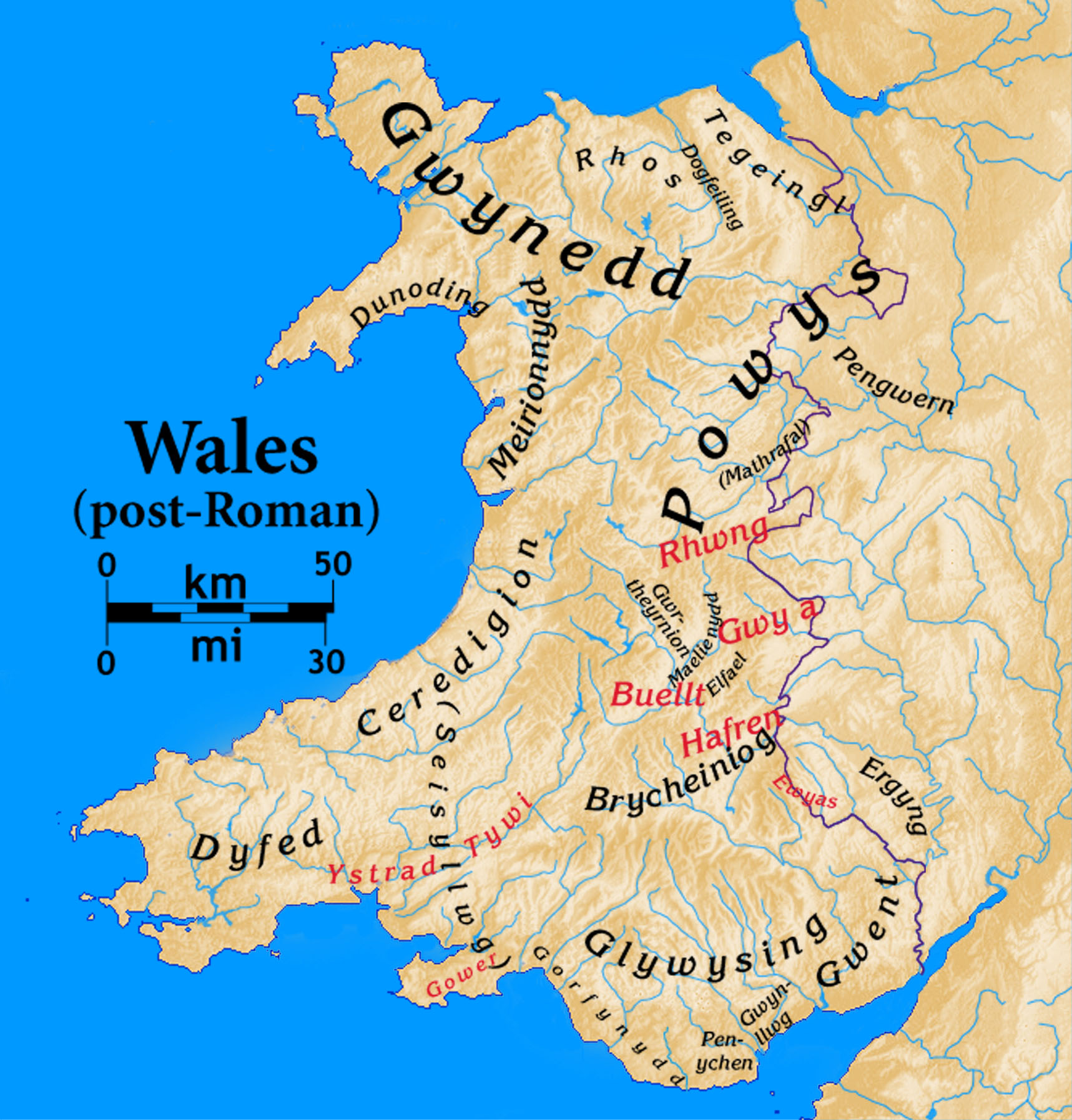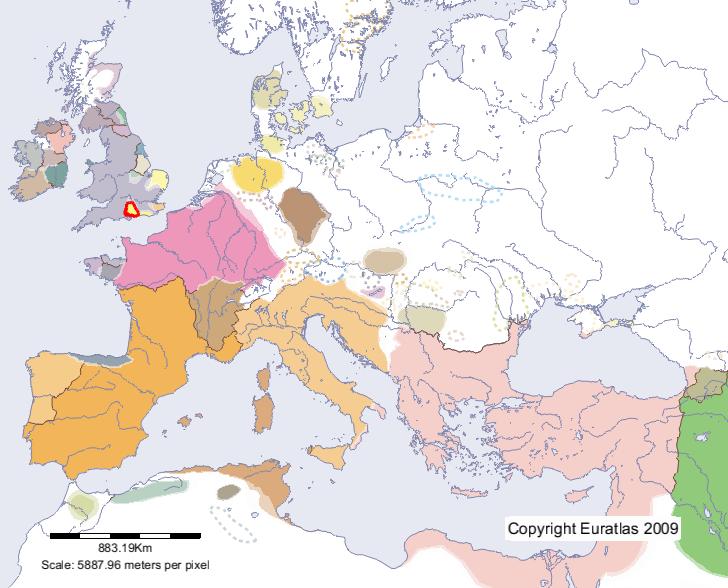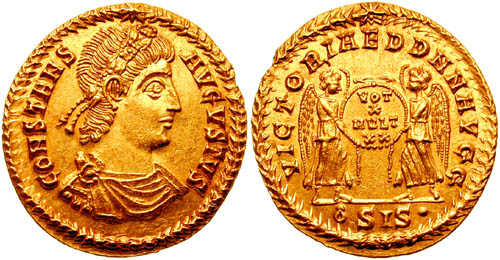Constantine the Great, also known as Constantine I or Saint Constantine, was Roman Emperor from 306 until his death in 337 AD. He is famous for being the first Roman Emperor to convert to Christianity.
Born in Serbia in about 272 AD, Constantine was the son of Constantius, a Roman military officer, and Helena, a concubine. The Roman Empire at that time was ruled by two senior co-emperors, or Augusti, one in the east and one in the west, and at least two junior emperors, known as Caesars. Constantine's father rose swiftly through the military ranks and eventually became Caesar of Britain, Gaul and Spain in 293 AD. Constantine was sent to the court of Diocletian, the Eastern Augustus, probably as a high-status hostage to ensure his father's cooperation.
Constantine was educated at Diocletian's court, became a tribune, a sort of aristocratic military officer, and campaigned in Syria, Mesopotamia and along the Danube. While in the east, he also witnessed Diocletian's savage persecution of Christians. In 305 AD, Diocletian abdicated, as did his co-emperor in the west, Maximian. Constantine's father, Constantius, was elevated to western Augustus and, to great surprise, a man named Galarius was chosen to succeed Diocletian. Constantine was ignored completely, as was Maxentius, the son of Maximian.
Perhaps fearing for his son's life at Galarius's court, Constantius immediately recalled Constantine to Britain to campaign with him against the Picts. Less than a year later, Constantius died at Eboracum (modern-day York). Roman troops in Britain and Gaul quickly proclaimed Constantine as the new western Augustus. Furious, but unwilling to risk a military revolt, Galarius had no choice but to accept Constantine as emperor of Britain, Gaul and Spain.
.jpg) |
| A statue of Constantine the Great in York, where he was first proclaimed emperor in 306 AD |
Galarius' death in 311 AD triggered a series of dynastic wars as various successors, including Constantine, Maximian and Maxentius, struggled for power. It was on the eve of one of these battles that Constantine is said to have converted to Christianity. The story goes that Christ appeared to Constantine in a dream and showed him a flaming cross in the sky with the words In hoc signo vinces - in this sign you shall conquer. Constantine did win the battle and ultimately the war, emerging victorious in 313 AD as the western Augustus. Nine years later, Constantine deposed his co-emperor to become sole ruler of both east and west.
 |
Constantine the Great is revered as a
saint in the Eastern Orthodox Church. His
feast day is the 21 May. |
As emperor, Constantine earned his epitaph by campaigning successfully against the tribes on the Empire's frontiers and even managing to resettle territories lost during the last century. He restructured the government, separated military and civil authority and reorganised the army.
One of his biggest legacies, however, was rejecting Rome as the most important city in the empire and building himself a new capital in the east, modestly naming it Constantinople (modern-day Istanbul). By building his capital at Constantinople, Constantine effectively founded what would later become the Byzantine Empire.
Constantine is most famous as the first Roman Emperor to convert to Christianity. When he converted is a matter for debate. Tradition has him converting on the eve of battle in 312 AD, but, as his mother was Christian, he may have converted as a young boy or he may have adopted the faith gradually over his life.
Even during his early reign in Britain and Gaul, Constantine was tolerant of Christianity and discouraged persecution. In 313 AD, he and his co-emperor signed the Edict of Milan, allowing Christians to practice their faith openly and freely. Constantine also encouraged church leaders to come together to solve contentious issues at meetings such as the Council of Nicaea in 325 AD. Constantine's tolerance of Christianity meant that the Christian faith flourished and smoothed the way for it becoming the dominant religion in Europe.
After a short illness, Constantine died in 337 in Nicomedia (modern-day Iznit, Turkey), a day after being baptized in the River Jordan, and was succeeded by his three sons,
Constantine II, Constantius II and
Constans.












.jpg)
